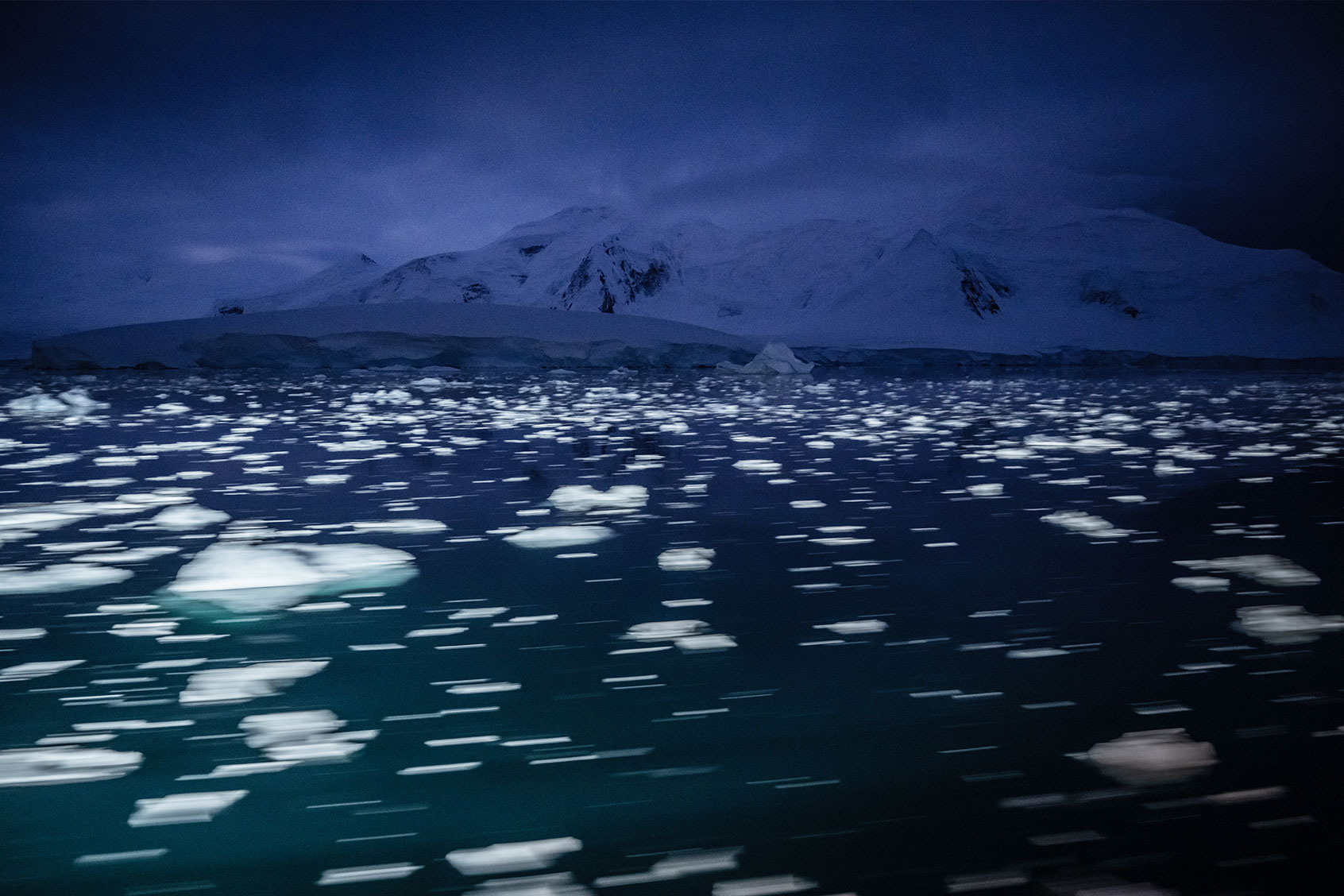New data from the National Snow and Ice Data Center (NSIDC) reveals that Antarctic sea ice is growing at its lowest rate in recorded history, with the continent missing an Argentina-sized amount of sea ice.
Because climate change is melting Antarctic sea ice at an unprecedented rate, scientists have mostly focused on the problems caused by the infusion of so much water into the ocean — problems like rising sea levels and collapsing ocean currents. Yet glaciologists who study Antarctica are warning of a red flag that few predicted, a development so freakish that if not for climate change, experts believe it would not happen except every few million years.
The issue here is that the sea ice, instead of naturally building up to previous levels after melting during the warmer months, is staying gone. As a result, the extent of sea ice is now at its 12th lowest level since scientists began recording them 45 years ago with the growth rate of sea ice far below-average rates, reaching “an unprecedently low level for this time of year,” according to NSIDC. As of mid-July 2023, sea ice levels were 2.6 million square kilometers (1 million square miles) below the average from 1981 to 2010. This amounts to a land area analogous to the size of Argentina. Put another way, that’s the combined size of Texas, California, New Mexico, Arizona, Nevada, Utah, and Colorado.
“The game has changed,” University of Colorado Boulder glaciologist Ted Scambos told CNN. “There’s no sense talking about the odds of it happening the way the system used to be, it’s clearly telling us that the system has changed.”
This news comes on the heels of a report by the World Meteorological Organization that sea ice levels around Antarctica are 17 percent lower than normal for this time of year. If all of Antarctica’s ice melts, global sea levels are predicted to rise by 190 feet.

